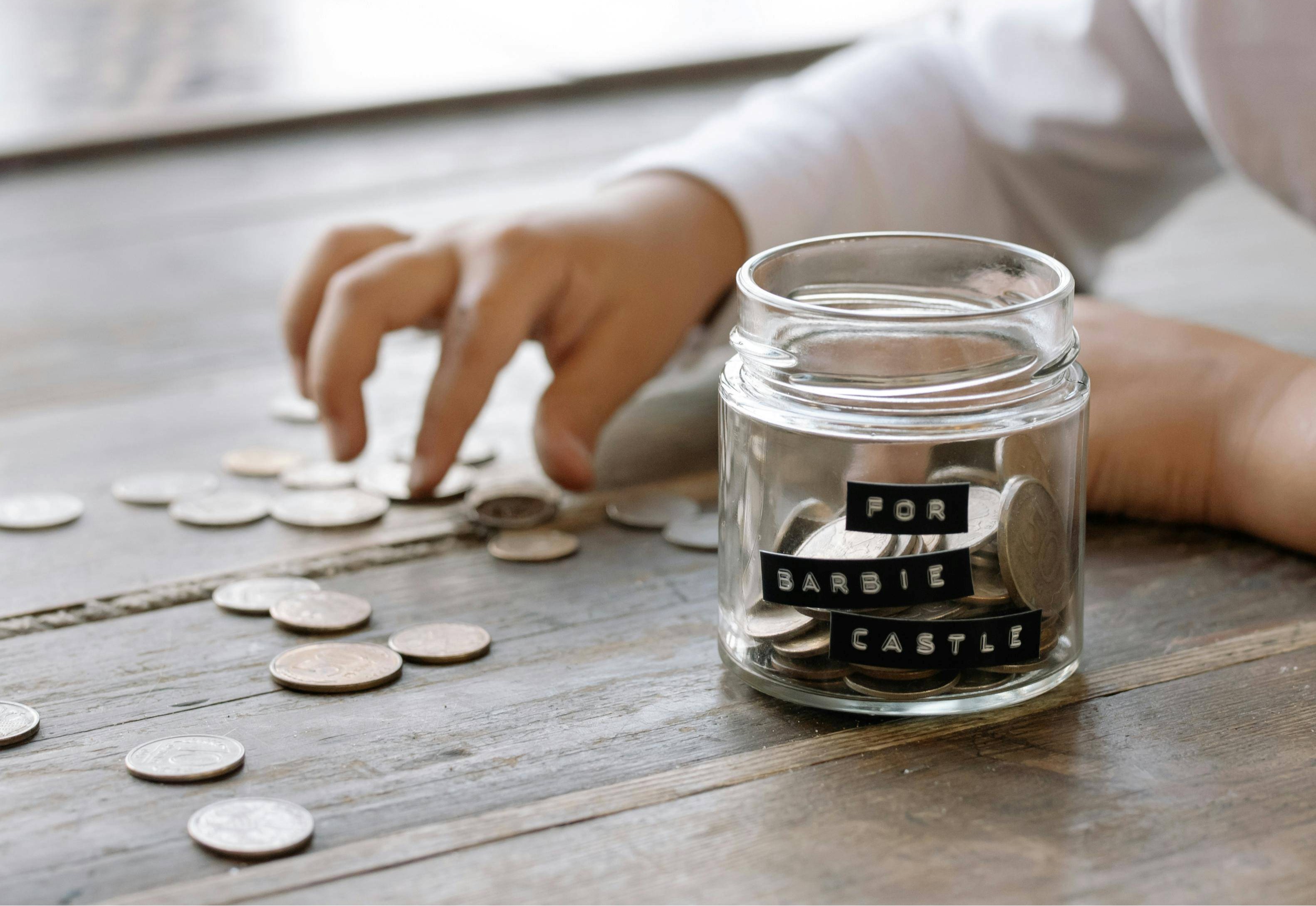Financial responsibility is arguably one of the most valuable life skills parents and caregivers can impart to children. Because the ability to make sound money decisions is such a critical part of being an adult, it is incredibly important to help children develop healthy money habits – and it’s never too early to start! Below are some fun things you can do to teach your kids the concepts of saving and budgeting and how to handle and spend money wisely.
Let Kids Help with Grocery Shopping
- Give them a small budget to pick out fruit, snacks, or other items.
- Teach them to compare prices (e.g., the lower the unit price, the better the value), and how to look for deals, consider tax and make smart choices when their budget is insufficient to buy everything they want.
Open a Savings or Investment Account with 50% or 100% Parental Matching
- Take your child to a bank and open a kid-friendly savings account.
- Help them deposit money and track savings growth.
- True Story: In our household, we started a 100% matching program years ago and it seems to be working. Just recently, Maddie lost her 3rd tooth. The Tooth Fairy left a $20 bill under her pillow—yes, inflation is real even with the Tooth Fairy. As soon as she woke up, she checked under her pillow and immediately found and handed over the $20 to deposit into her investment account, confirming “that’s $40 now, right Dad?
Let Kids Earn Money Through Small Jobs
- Let them earn money for tasks like washing the car or helping with yard work.
- Teach them that money is earned through effort.
- Our House: This will be the next area we potentially target for implementation, although I still think kids should chip in with household responsibilities (chores) without compensation. Maybe emptying the trash and dishwasher allows you the opportunity to clean Dad’s car for an extra $20 bonus payment? We’ll see.
Set a Savings Goal & Track Progress
- If your young child wants a $20 toy, or your older kid wants another video game or has to have a $120 lululemon hoodie, help create a savings chart.
- Track money saved for the designated item with stickers or checkmarks.
- You can hold the money saved for your child and/or designate a small cash collection box or jar. Kids young and old may enjoy decorating a collection jar to see their savings grow. Perhaps the thought of the jar being emptied will make them rethink if they really want/need the item. We can only hope …
- Val’s Tips: Search online for a free printable kid’s savings chart, and teach to watch for the item to be on sale.
In a world of instant gratification with easy-to-get credit cards, Amazon and Netflix, and frequent excursions to Starbucks, the mall and restaurants, it’s essential for kids to learn to resist temptations and make good financial choices. Yes, states and school districts are increasingly including classes and standards on financial literacy. However, like many healthy habits, positive money habits take time and practice to stick. Home is the best place to teach and demonstrate good money sense over time and in age-appropriate ways.
As a starting (or checking) point, ask yourself (and be honest): how would I grade my kid’s relationship with money (A, B, C, D, F)? Are they good with it, bad with it, and how might that affect them moving forward? People often joke about their kids’ carelessness with money. Sure, you can get a good chuckle, yet wouldn’t it be better to set them up for success?




